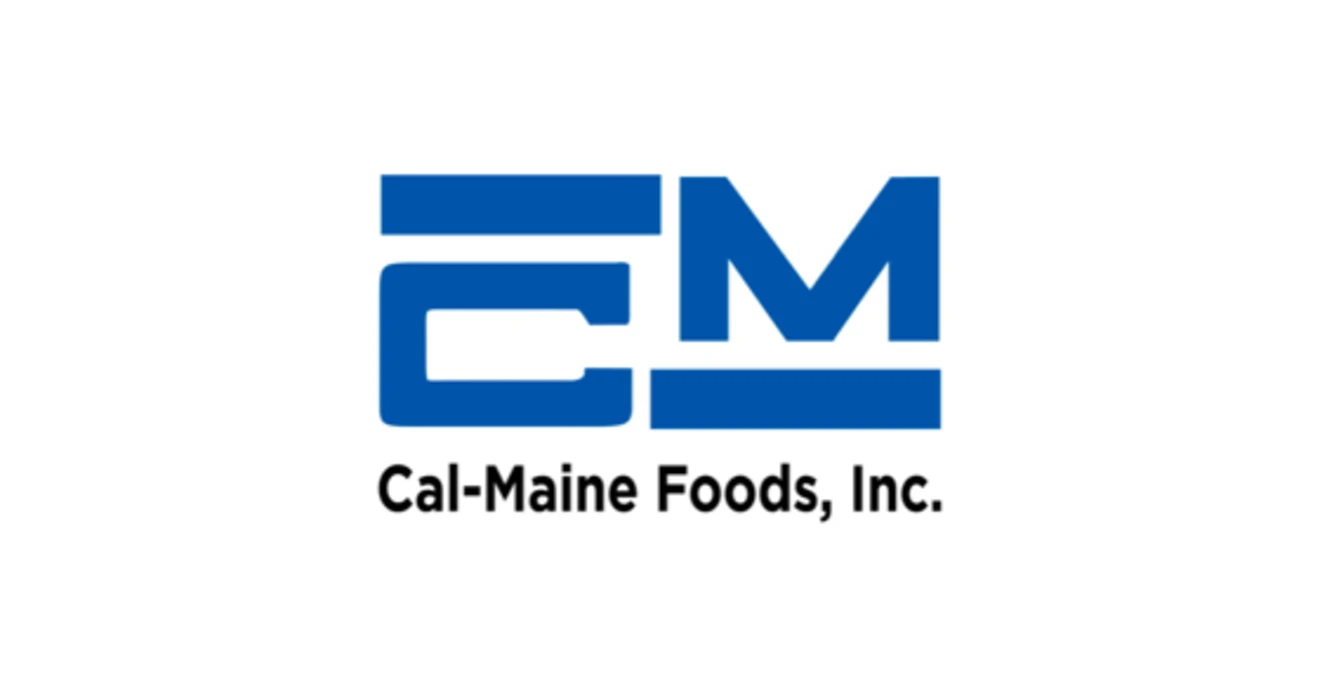Cal-Maine Foods Inc
Key Information
HQ:
United States
Market Cap:
$4.61bn
Primary Market:
North America
Business Type:
Protein Producer
Company Information
Company Summary
Cal-Maine Foods, founded in 1957 and headquartered in Ridgeland, Mississippi, is a leading producer of egg products. The company offers a wide variety of egg-based products, including nutritionally enhanced, cage-free, organic, free-range, pasture-raised, and brown eggs, as well as conventional eggs. Cal-Maine supplies its products to national and regional grocery chains, club stores, independent supermarkets, and foodservice distributors, primarily within the United States.
Revenue
Total revenue:
$3.1bn
Revenue by Geography
Revenue by Protein
Revenue by Product Type
Disclosures
CDP ScoresLast Reviewed: 16/10/2024
| CDP Climate | CDP Forests | CDP Water |
|---|---|---|
| Yes | Yes | Yes |
Science Based Target initiativeLast Reviewed: 16/10/2024
| Target classification | Status | Date |
|---|---|---|
| Has not set SBT | - | - |

